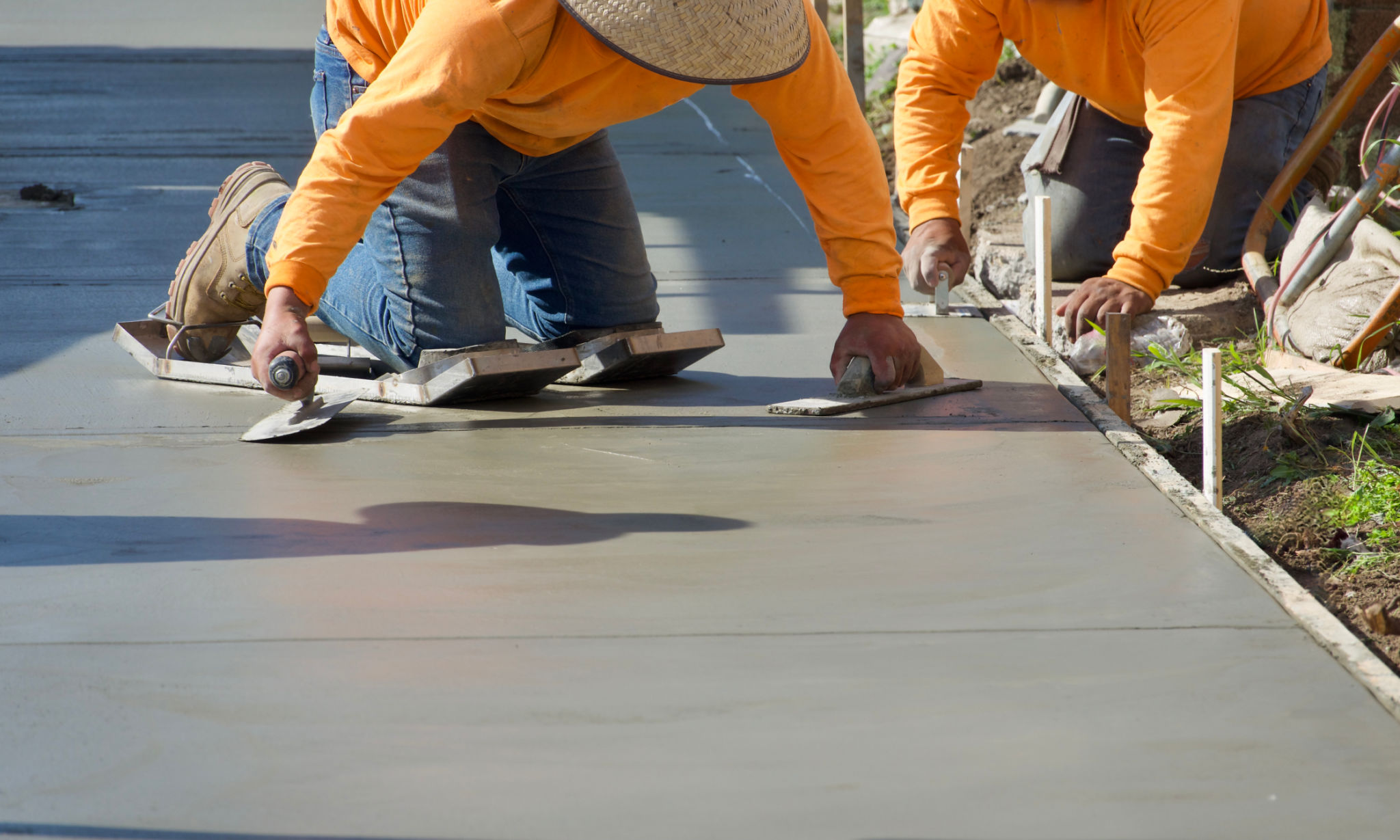Comprehensive Guide to Concrete Pad Installation in Fannin County
Understanding the Basics of Concrete Pad Installation
Concrete pads are a versatile and durable option for a variety of applications, from patios and driveways to shed foundations. In Fannin County, where weather conditions can vary greatly, properly installing a concrete pad is essential to ensure its longevity and performance. This guide will walk you through the comprehensive steps of concrete pad installation, catering to both DIY enthusiasts and those seeking professional installation.

Planning and Preparation
Before laying a concrete pad, thorough planning is crucial. Start by determining the size and location of your pad, considering factors such as drainage, sunlight, and proximity to other structures. Proper planning will prevent common issues such as water pooling and uneven settling. Once you have a clear plan, gather the necessary materials and tools, which typically include concrete mix, forms, a level, and finishing tools.
It's also important to check local regulations and obtain any necessary permits before starting your project. Fannin County may have specific requirements or restrictions regarding concrete installations, so it's essential to ensure compliance with local codes.
Site Preparation
Once you've finalized your plan and gathered materials, the next step is site preparation. Clear the area of any debris, vegetation, or obstacles that could interfere with the installation process. Excavate the area to the desired depth, ensuring it's level and compacted. A well-prepared base is fundamental to the stability of your concrete pad.

Additionally, consider adding a layer of gravel or crushed stone at the base to enhance drainage and prevent moisture-related issues. This step is particularly important in areas prone to heavy rainfall or extreme weather conditions.
Building Forms and Mixing Concrete
Constructing robust forms is essential for shaping your concrete pad and maintaining its integrity during the pouring process. Use sturdy materials like wood or metal to build forms that match the desired dimensions of your pad. Ensure the forms are level and securely anchored in place.
Mixing the concrete is a critical step that requires attention to detail. Follow the manufacturer's instructions for the correct water-to-mix ratio, as this will impact the strength and durability of the final product. Consistency is key; aim for a mixture that resembles thick oatmeal.

Pouring and Finishing
With your forms in place and concrete mixed, it's time to pour. Start at one end of the form and work your way across, ensuring an even distribution of concrete. Use a rake or shovel to spread the mixture into corners and edges, eliminating air pockets that could weaken the structure.
Once poured, use a screed board to level the surface. Follow up with a bull float to smooth out any imperfections and bring finer aggregates to the surface. Finally, add texture with a broom finish or other desired pattern for slip resistance.
Curing and Maintenance
Proper curing is essential for achieving maximum strength and durability in your concrete pad. After finishing, cover the surface with a plastic sheet or curing compound to retain moisture. This helps prevent cracking and ensures even drying. The curing process typically takes about 28 days to reach full strength.

Routine maintenance will extend the life of your concrete pad. Regularly inspect for cracks or damage and address any issues promptly. Sealants can also be applied to protect against stains and weather-related wear.
Conclusion
Installing a concrete pad in Fannin County requires careful planning, preparation, and execution. By following these comprehensive steps, you can ensure your project results in a durable and functional addition to your property. Whether you're tackling this as a DIY project or hiring professionals, understanding each stage of the process will help you achieve optimal results.
